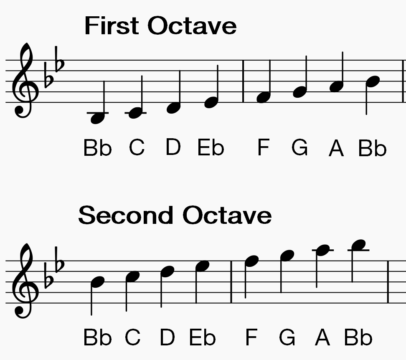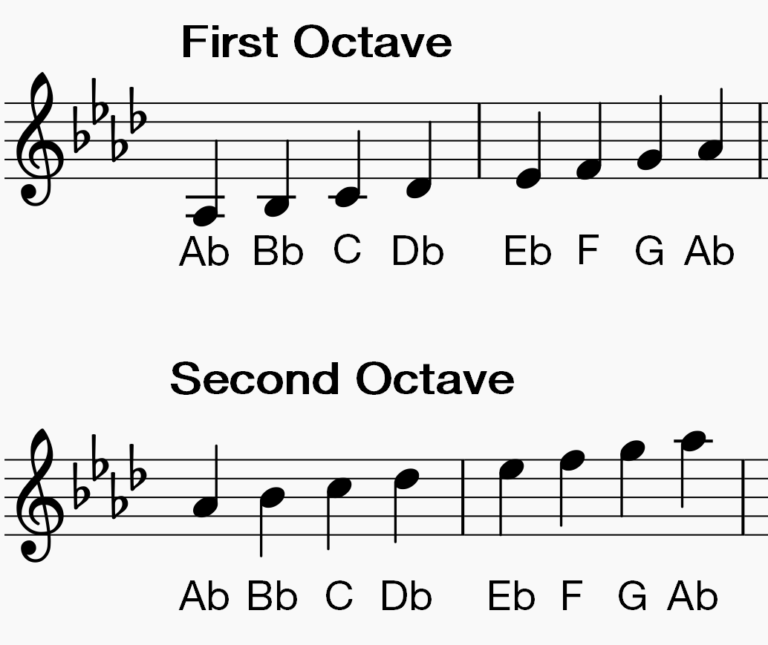

It can be confusing to remember which way to transpose: up or down?Ī simple way to remember is to imagine the transposing instrument playing a C major scale that you've written out. Likewise, if we want to play music that has been written for a B flat instrument (such as a trumpet) on a non-transposing instrument (such as a piano), we will have to transpose itĭown by a major 2nd to hear the correct notes. Then we will have to transpose the music for the B flat instrument up by a major 2nd. (the interval between B flat and C), and therefore if we want this instrument, in B flat, to play alongside other instruments that do not transpose (instruments "in C", in other words), The interval of transposition is a major 2nd To put it more simply, if an instrument "in B flat" plays a written C, it will sound as a B flat. If an instrument is "in B flat", for example, then this means that when the instrument plays music with no sharps or flats (i.e., in C) then the music will sound in B flat. It is common to hear certain instruments referred to as being "in" a key, for example "clarinet in B flat" or "French horn in F".

Transposing Instruments How to understand transposing instruments


 0 kommentar(er)
0 kommentar(er)
